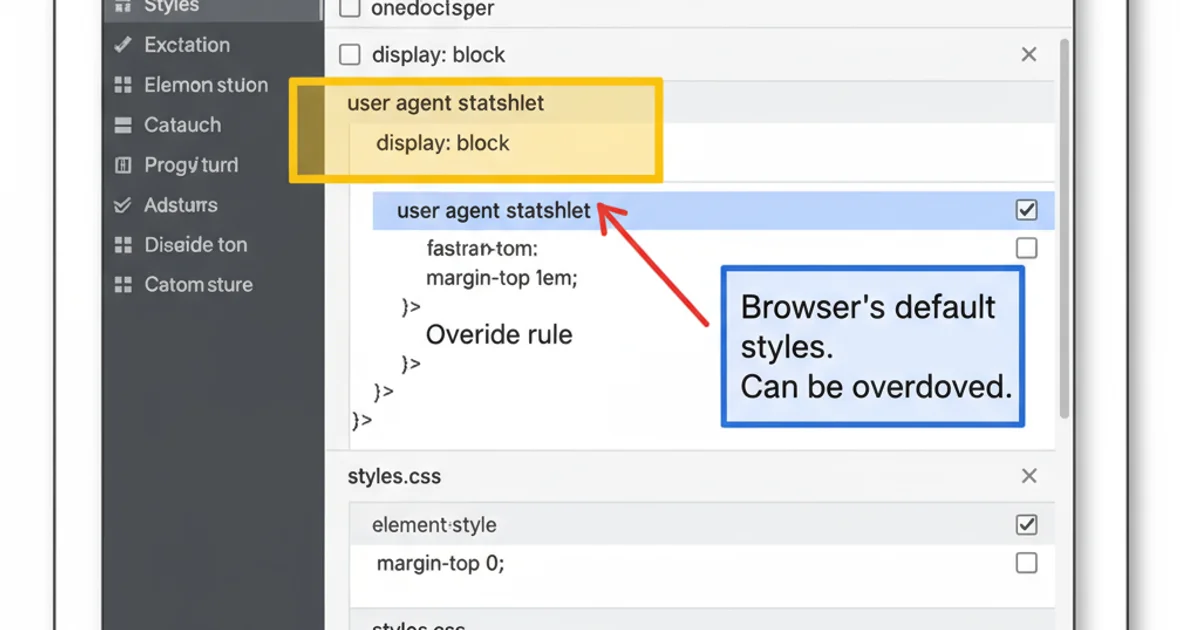Delphi custom TPanel component
Categories:
Creating a Custom TPanel Component in Delphi

Learn how to extend Delphi's standard TPanel component to create reusable, custom UI elements with enhanced functionality and visual appeal.
Delphi's VCL (Visual Component Library) provides a rich set of components for building Windows applications. While TPanel is a fundamental container, often developers need specialized panels with custom drawing, event handling, or aggregated controls. This article guides you through the process of creating your own custom TPanel component, enhancing its capabilities, and integrating it seamlessly into the Delphi IDE.
Understanding Custom Component Development
Custom component development in Delphi involves inheriting from an existing VCL component and overriding or adding new properties, methods, and events. For a custom TPanel, you'll typically inherit from TPanel or TCustomPanel. Inheriting from TCustomPanel gives you more control over the component's behavior by starting with a more basic implementation, while TPanel provides default behaviors like BevelInner and BevelOuter.
classDiagram
VCL.Controls.TControl <|-- VCL.Controls.TWinControl
VCL.Controls.TWinControl <|-- VCL.ExtCtrls.TCustomPanel
VCL.ExtCtrls.TCustomPanel <|-- VCL.ExtCtrls.TPanel
VCL.ExtCtrls.TPanel <|-- MyCustomPanel
MyCustomPanel : +property MyCustomProperty: Integer
MyCustomPanel : +procedure MyCustomMethod()
MyCustomPanel : +event OnMyCustomEventInheritance hierarchy for a custom TPanel component
The diagram above illustrates the typical inheritance chain for a custom TPanel. Your custom component, MyCustomPanel, will inherit from TPanel (or TCustomPanel), gaining all its base functionalities while allowing you to add your unique features. Key aspects of customization include:
- Properties: Add new properties to control appearance or behavior.
- Methods: Implement new methods for specific actions.
- Events: Define custom events to allow users to respond to specific interactions.
- Drawing: Override the
Paintmethod for custom visual rendering.
Implementing a Basic Custom Panel
Let's create a simple custom panel that changes its background color when the mouse hovers over it. This demonstrates overriding events and basic property management. We'll call our component THoverPanel.
unit HoverPanel;
interface
uses
Winapi.Windows, Winapi.Messages, System.SysUtils, System.Classes, Vcl.Graphics,
Vcl.Controls, Vcl.Forms, Vcl.ExtCtrls;
type
THoverPanel = class(TPanel)
private
FHoverColor: TColor;
FNormalColor: TColor;
FIsHovering: Boolean;
procedure SetHoverColor(const Value: TColor);
procedure SetNormalColor(const Value: TColor);
procedure CM_MouseLeave(var Message: TMessage);
procedure CM_MouseEnter(var Message: TMessage);
procedure UpdateColor;
protected
procedure Paint;
procedure MouseEnter;
procedure MouseLeave;
procedure WndProc(var Message: TMessage);
public
constructor Create(AOwner: TComponent);
published
property HoverColor: TColor read FHoverColor write SetHoverColor default clHighlight;
property NormalColor: TColor read FNormalColor write SetNormalColor default clBtnFace;
end;
procedure Register;
implementation
procedure Register;
begin
RegisterComponents('Custom Panels', [THoverPanel]);
end;
constructor THoverPanel.Create(AOwner: TComponent);
begin
inherited Create(AOwner);
FHoverColor := clHighlight;
FNormalColor := clBtnFace;
Color := FNormalColor;
FIsHovering := False;
ControlStyle := ControlStyle + [csOpaque]; // Ensure panel draws its own background
end;
procedure THoverPanel.SetHoverColor(const Value: TColor);
begin
if FHoverColor <> Value then
begin
FHoverColor := Value;
UpdateColor;
end;
end;
procedure THoverPanel.SetNormalColor(const Value: TColor);
begin
if FNormalColor <> Value then
begin
FNormalColor := Value;
UpdateColor;
end;
end;
procedure THoverPanel.UpdateColor;
begin
if FIsHovering then
Color := FHoverColor
else
Color := FNormalColor;
end;
procedure THoverPanel.MouseEnter;
begin
inherited MouseEnter;
FIsHovering := True;
UpdateColor;
end;
procedure THoverPanel.MouseLeave;
begin
inherited MouseLeave;
FIsHovering := False;
UpdateColor;
end;
procedure THoverPanel.Paint;
begin
inherited Paint;
// Custom drawing can go here if needed, after inherited Paint
end;
procedure THoverPanel.WndProc(var Message: TMessage);
begin
case Message.Msg of
CM_MOUSEENTER: CM_MouseEnter(Message);
CM_MOUSELEAVE: CM_MouseLeave(Message);
else
inherited WndProc(Message);
end;
end;
procedure THoverPanel.CM_MouseEnter(var Message: TMessage);
begin
MouseEnter;
end;
procedure THoverPanel.CM_MouseLeave(var Message: TMessage);
begin
MouseLeave;
end;
end.
Paint, always call inherited Paint; first. This ensures the base component's drawing is performed, and you can then add your custom drawing on top of it. For components that need to draw their entire background, set ControlStyle := ControlStyle + [csOpaque]; in the constructor.Registering and Using Your Component
After creating the unit file (HoverPanel.pas), you need to register it with the Delphi IDE. This makes your component available in the Tool Palette. The Register procedure in the unit handles this. Once registered, you can install it into a design-time package.
1. Create a New Package
In Delphi, go to File -> New -> Other..., then select Delphi Projects -> Package. Save the package (e.g., MyCustomComponents.dpk).
2. Add Your Unit to the Package
Right-click on Contains in the Project Manager for your new package, select Add..., and then browse to and select your HoverPanel.pas unit file.
3. Compile the Package
Right-click on the package in the Project Manager and select Compile.
4. Install the Package
Right-click on the package again and select Install. You should see a confirmation message that THoverPanel has been registered. Your new component will now appear in the 'Custom Panels' category of the Tool Palette.

The THoverPanel component visible in the Delphi Tool Palette after successful installation.
Now you can drag and drop THoverPanel onto your forms just like any other standard VCL component. You'll find its HoverColor and NormalColor properties in the Object Inspector, allowing you to customize its appearance at design time.
TCanvas methods directly within the Paint procedure. This gives you pixel-level control over how your component looks. Remember to handle WM_ERASEBKGND if you want to prevent flickering during custom drawing, especially if your component is csOpaque.